This is always an interesting time of year for Campbell and Janette McCutcheon of Fearn in Easter Ross.
Titanic re-surfaces—apologies, pun unintended—in the public consciousness on the anniversary of her sinking on April 14/15, 1912.
For the McCutcheons it’s the moment to dust off the memorabilia they have from that time and show it to someone like me, a journalist with a thirst for every scrap of information about the Titanic and that great era of the transatlantic liner.
Intrigued to find out more about Campbell and Janette’s incredible collection of Titanic memorabilia, I went along to meet them…
Fascinating collection of Titanic memorabilia…
Campbell is an antiques and vintage dealer and collector specialising in postcards, while Janette collects anything and everything to do with RMS Queen Mary, the Cunard liner of 1936-1967.
When you ask her what she’s got from the ship, she looks lost for a moment, and says: “A better question is what have I not got? It’s like a maritime museum in here.”
She’s also the author of several books on maritime history.
The pair run Fearn Antiques and Vintage Postcard Emporium in the former Fearn Hotel, Hill of Fearn.
Unfortunately for me, two of their most important pieces of Titanic-related memorabilia are currently out on loan, so I couldn’t see for myself the clock from the rescue ship RMS Carpathia that Campbell reckons every survivor would have stood in front of.
It’s on display in Brisbane, Australia.
Nor could I see the two tiles left over from Titanic’s Turkish baths as one is also on display in Brisbane, the other in Atlanta Georgia.
Campbell also owns a window from Titanic’s sister ship, Olympic.
He said: “It’s an opening window, which means it could only have come from the gymnasium or the top of the Grand Staircase.”
Unusual postcards connected with Titanic…
And he has other gems, in the form of humble postcards.
While building his collection of more than 300,000 postcards, Campbell has struck gold on several occasions finding unusual cards connected with Titanic.
From RMS Carpathia which arrived at the scene an hour after Titanic sank, both a crew member and a passenger snapped blurry photos of the actual iceberg which struck it.
The one taken by the passenger was put onto a postcard which Campbell spotted when a collection of postcards and negatives came on the market about 10 years ago.
“It was the thing which spoke to me. It’s not the greatest of pictures, but then it doesn’t need to be the greatest of pictures,” Campbell said.
‘I bought a Titanic postcard for £24 and sold it for more than £6,700’
Campbell’s finely tuned antennae have enabled him to spot Titanic treasures which others have missed.
He said: “I found a Titanic postcard about 15 years ago in a dealer’s new box.
“When I turned it over I saw that the postmarks, Queenstown April 11 1912 at 3.45pm and Cork an hour later meant it could only have come from the Titanic, most likely the barber shop where a lot of postcards were sold.
“I bought it for £24 and sold it for more than £6,700.”
Postcards about the Titanic, but not necessarily showing it, are also among Campbell’s eagle-eyed finds.
He said: “I’ve got another one sent by the cousin of one of the victims who was a quite famous American artist, Francis Davis Millet, travelling in First Class.
“The writer talks about how his body had been found and then goes on to talk about the weather.
“The monumental news, then chat about the weather, kind of standard for a postcard of the time.
“The image on it is of Exmouth in Devon, obviously where the writer lived, so it could was easily overlooked by other collectors.”
Rare postcards from Titanic…
One postcard has rows of pinholes carefully inserted by the sender along Titanic’s cabins.
These were intended to show up like the ship’s portholes all lit up when you held the card up to the light.
The tone of this card is also somewhat unemotional.
Campbell said: “It mentions Arthur’s ship was nearby. Arthur was a relatively common name, but the captain of the Carpathia was Arthur Rostron, so you can’t say definitely, but you’d like to think he was the Arthur that’s mentioned in the message.
“Probably not, it’s probably another Arthur on another ship.”
But it’s nice to dream.
Wild Titanic conspiracy theories…
For Janette, Titanic season means the emergence of wild conspiracy theories which amuse her intensely.
She said: “There are lots of untruths, like she was swapped with her sister ship the Olympic just before she went out.
“It’s an utter impossibility.
“You’d have to swap the entire contents of both ships in a week in Ireland and 15,000 Irish people would have to keep quiet about it.”
The great legacy of the Titanic tragedy…
Janette studied cruise tourism at University, and from her point of view the great legacy of the Titanic tragedy, apart from the horrific loss of life, is how it impacted maritime safety.
“You can look at the cruise industry today and see it.
“For example, maritime law now says there have to be enough lifeboats for everybody on board, and there are also various significant rules and regulations about how people can get on and off ships.”
Campbell added: “From 1912 onwards Canadians and Americans started doing ice patrols in the North Atlantic to check on the icebergs.
“Thing don’t change until there’s a fatal accident, sadly.”
How Titanic changed maritime safety…
And who was actually on board the Titanic? It turns out this is a moot point.
Janette said: “Ships nowadays have manifests which have to be downloaded beforehand and they know everything about every passenger.
“On Titanic you could have travelled under a false name, they had a passenger list but it wouldn’t have reflected the actual people who were on board.”
When we think of Titanic we conjure up images of the opulent First Class in their huge suites with the second and third classes slumming it below.
‘Emigrants were covering the costs of the Titanic voyage’
I imagined that the richest passengers would be making the biggest financial contribution to the voyage, but this wasn’t the case.
It was the emigrants, looking for a better life in America, who were actually covering the immense costs of the voyage.
Janette said: “It was a thing for the rich and famous to travel first class because it reflected their status, but they weren’t the ones who paid for the ships.
“It was actually the emigrants who paid, because they could pack so many into a small space, six or eight to a cabin where one or two very rich people would maybe take up half a floor.
“They were paying a fortune, but the ship was also spending a fortune on these people whereas the emigrants didn’t expect much.
“Probably the conditions on board ship were the best conditions they’d had in months and were better than what they were going to, they were getting three square meals a day.”
More Titanic stories from the Press and Journal, including the one about a myth you may have heard:
- ‘North-east man dead’: The myths and facts that link Aberdeen to the Titanic disaster
- WATCH: Titanic’s whistles recreated by Oldmeldrum steam engineers at Nairn show
- Could Titanic links be fuelling horror haunting of former West Coast hotel room?
- Revisiting the fading glory of one man’s dream, the Inverness Titanic
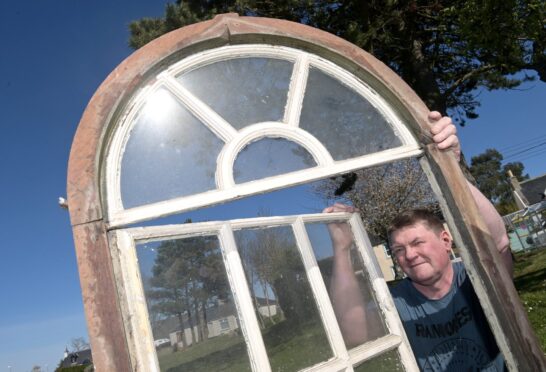
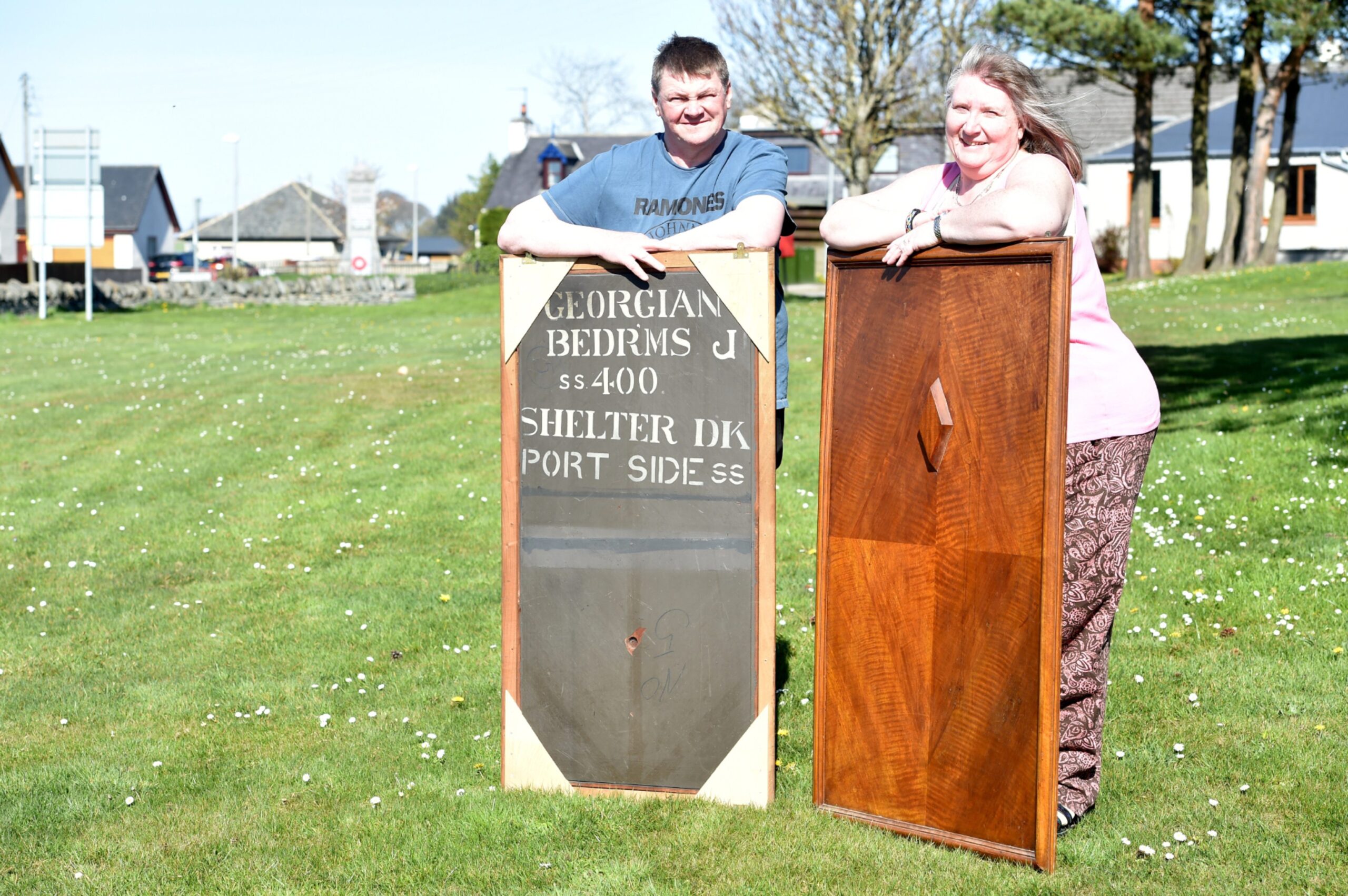
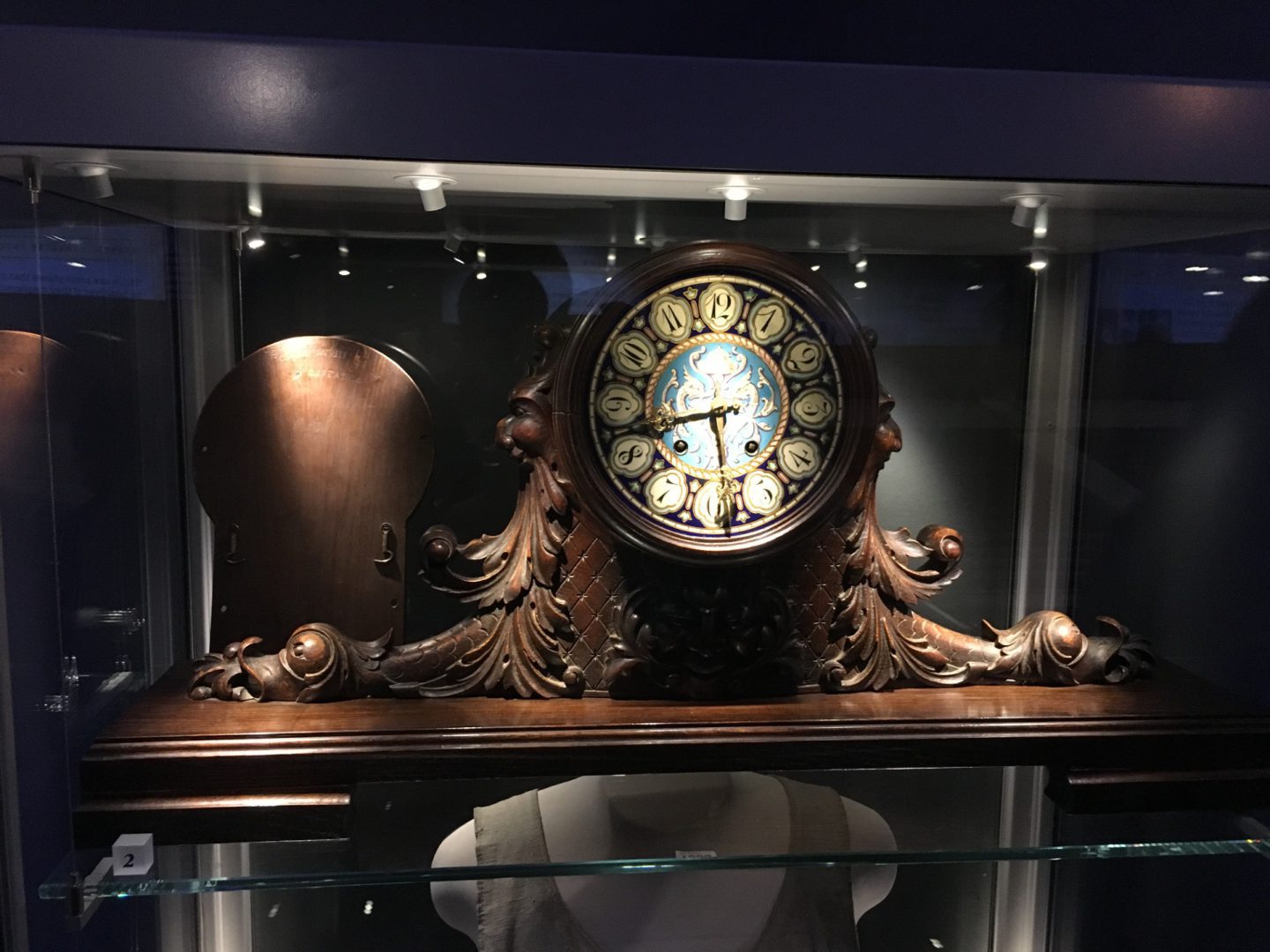
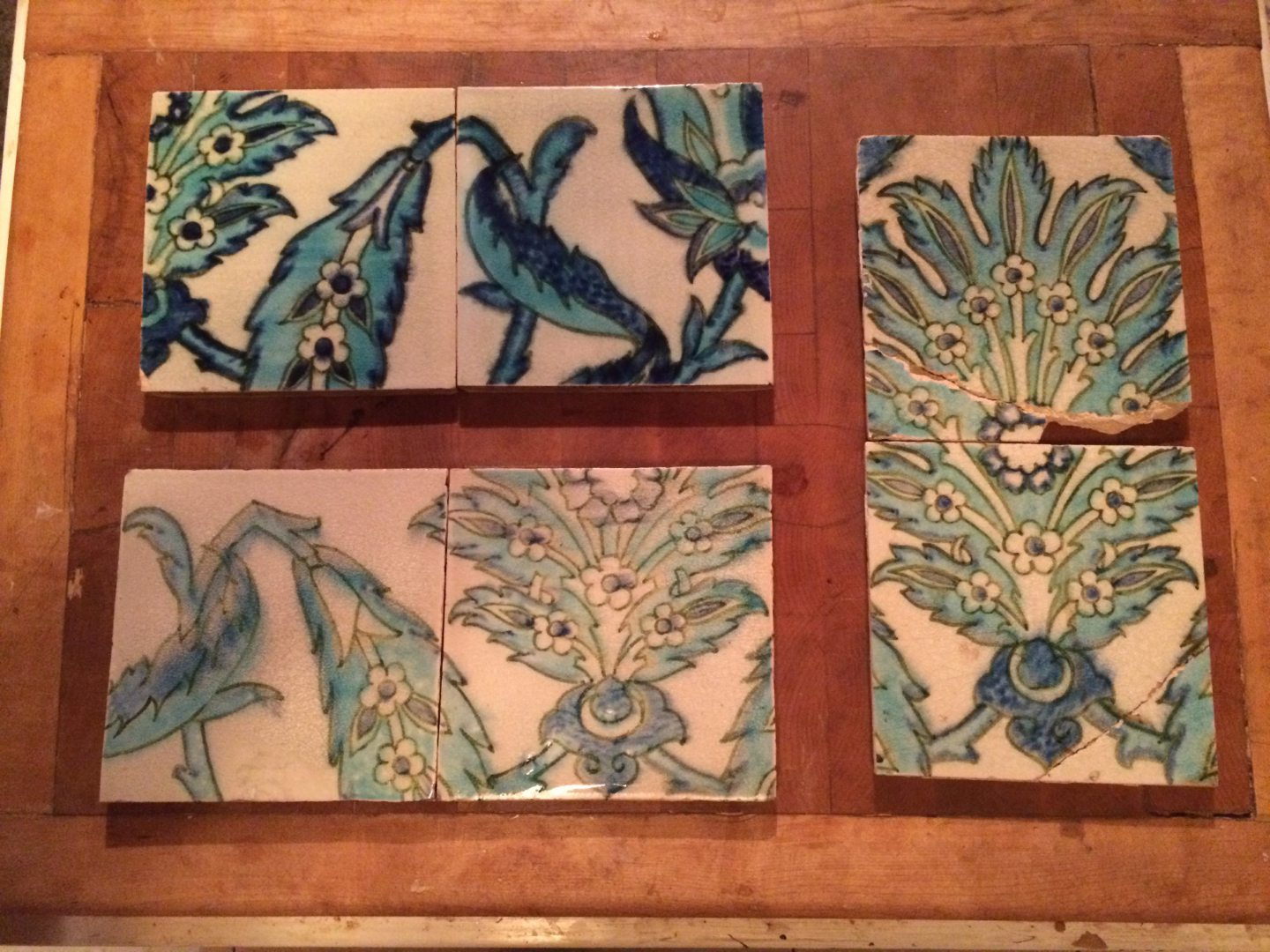
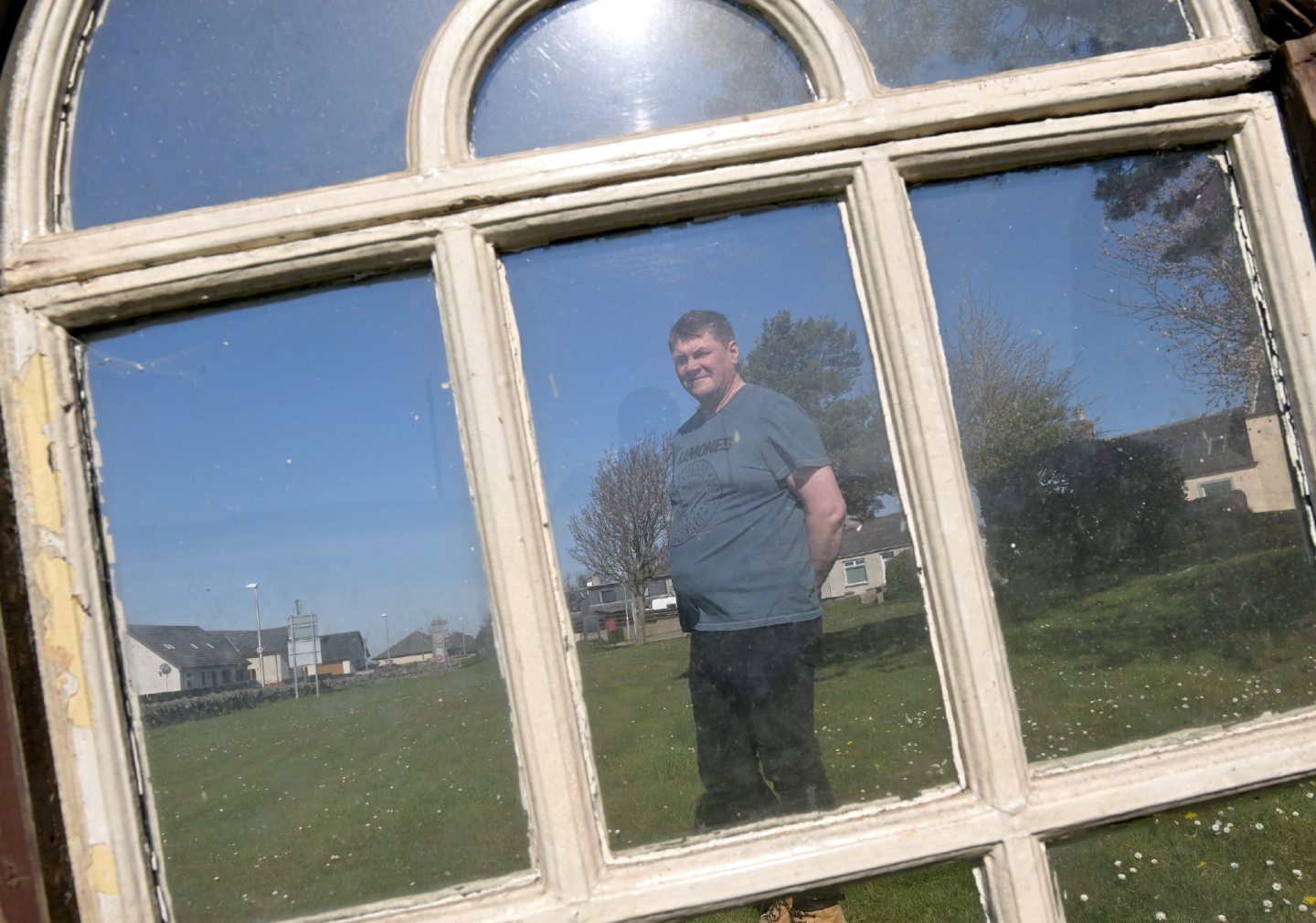
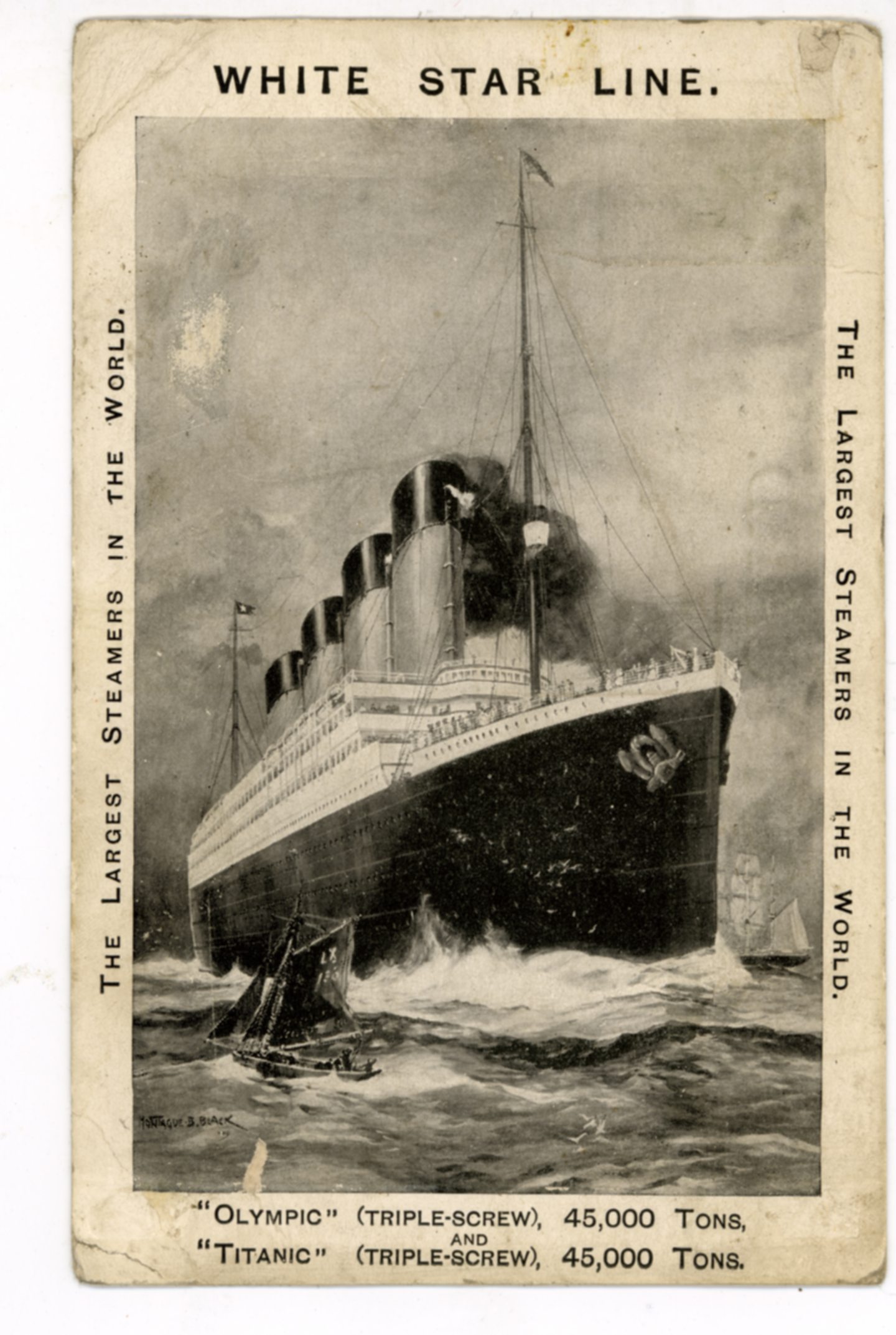
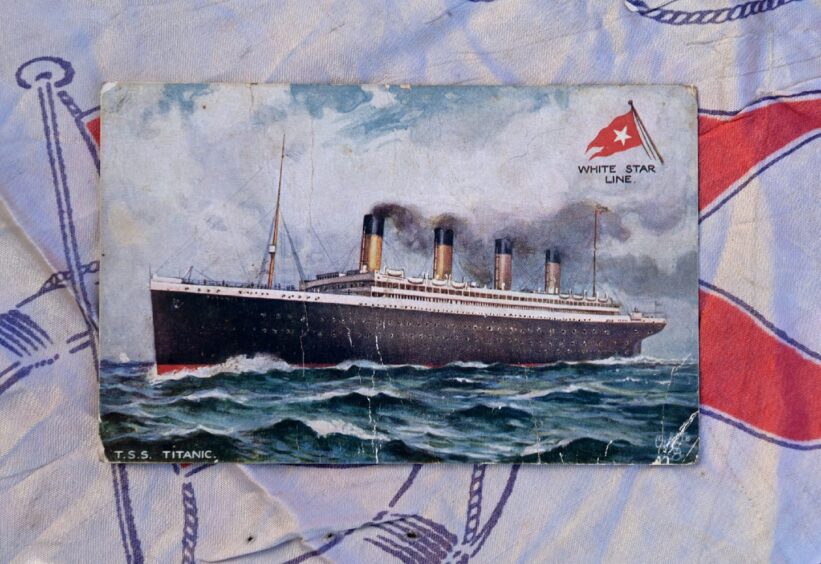
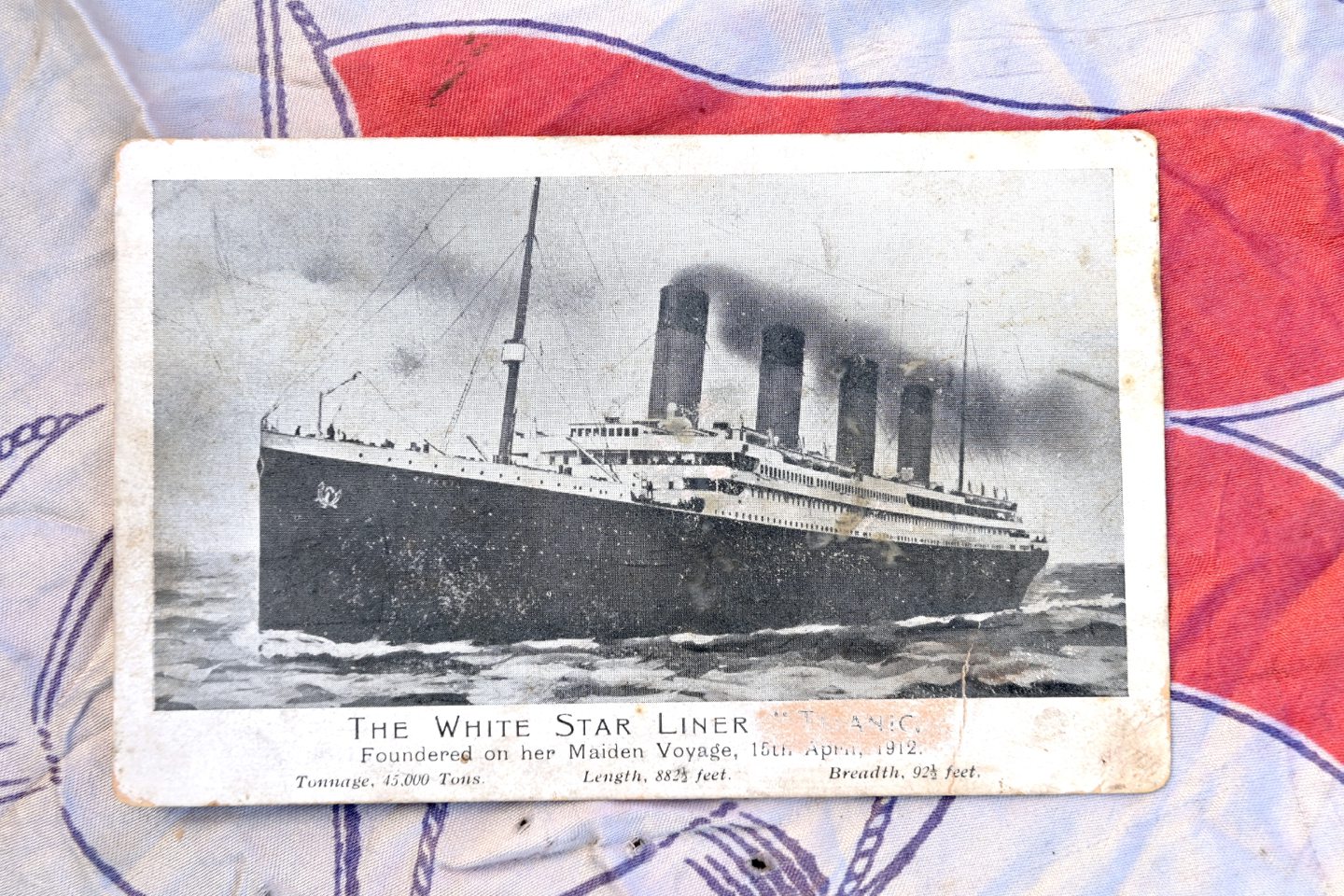
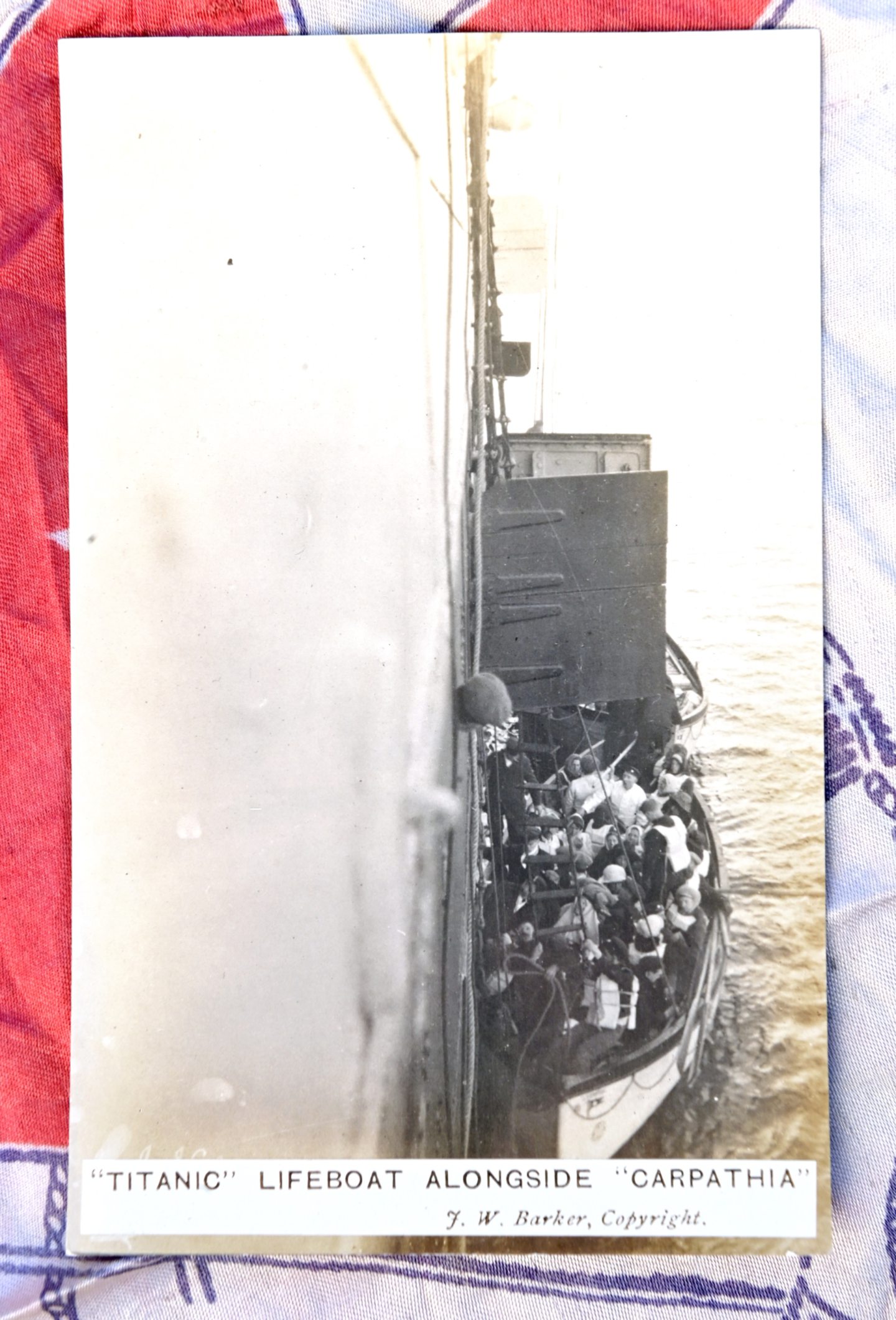
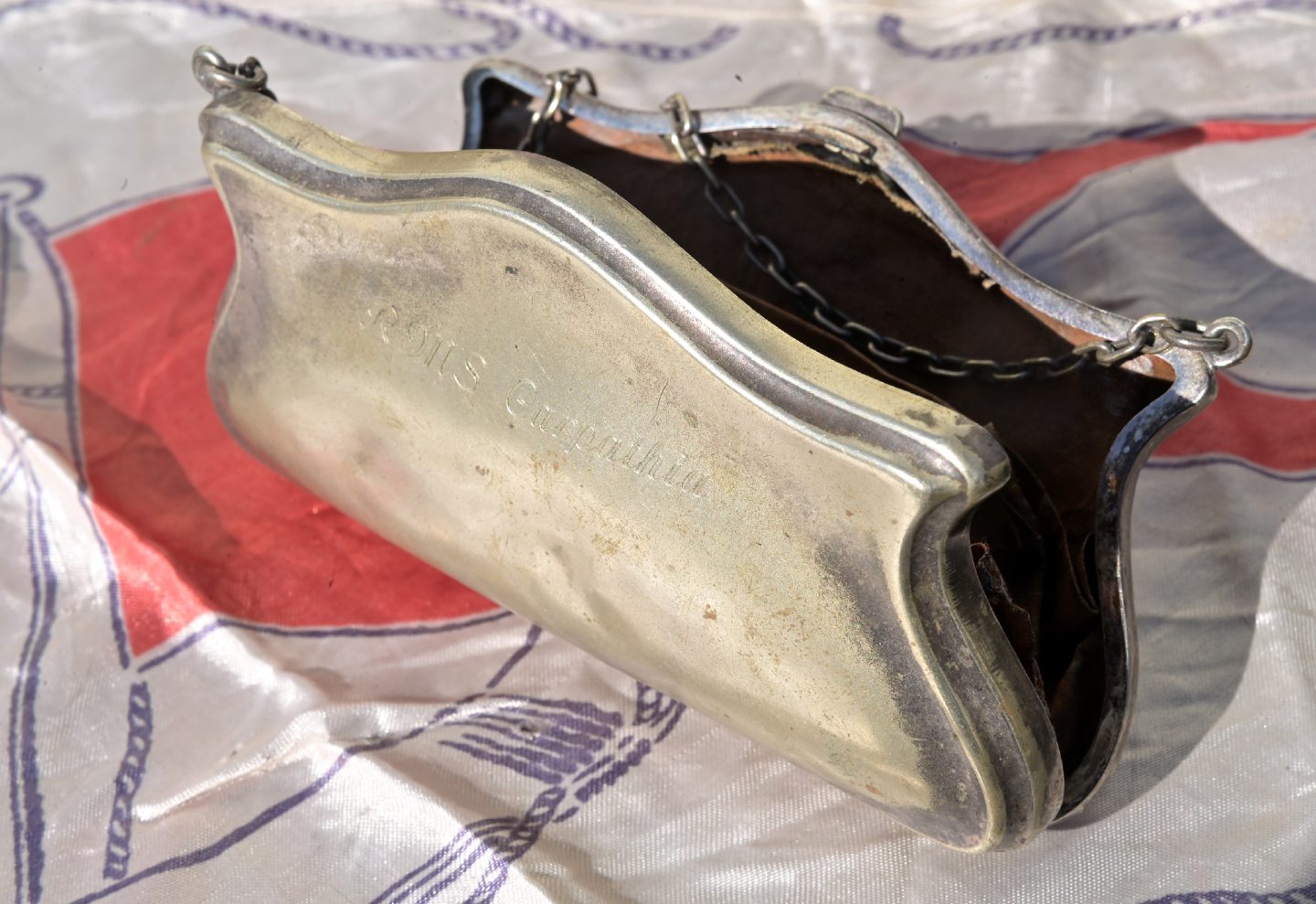
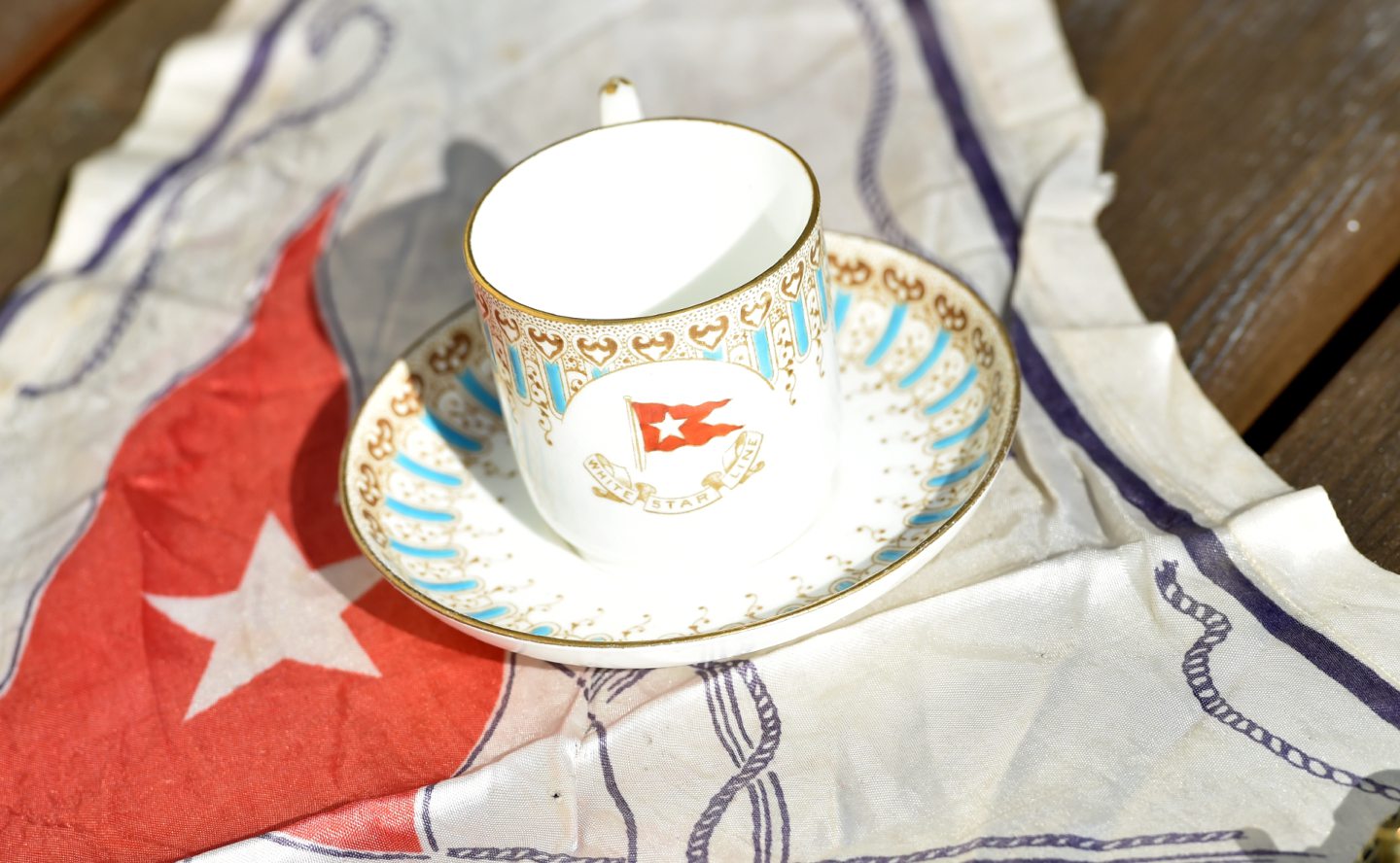
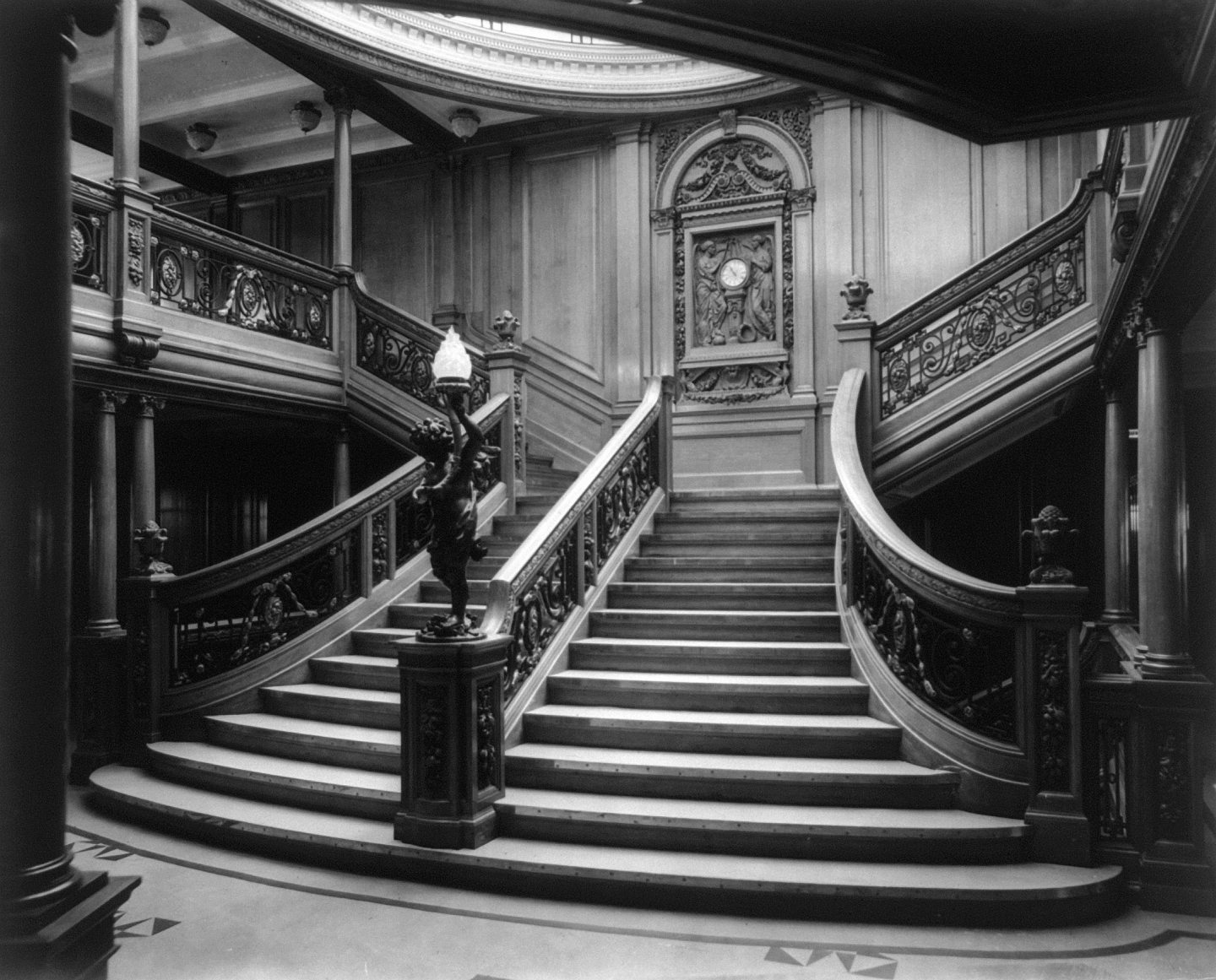
Conversation